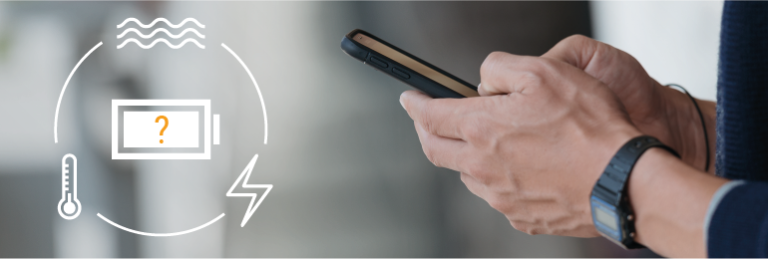By Kerry Doyle, freelance writer
As “bring your own device,” or BYOD, takes off, the concerns of corporate leaders are also growing. That’s because at the beginning of the trend, handling BlackBerry and Apple iOS access was relatively easy. Now, IT departments must try to wrestle control over so many different devices and operating systems, they’re nearly overwhelmed.
But users want to have their cake and eat it, too. They want to answer work-related messages, access company files and link to business applications beyond nine-to-five corporate hours. Then they want to check out YouTube videos, send some cool Instagram photos and finish online shopping.
And it’s not news that corporate leaders are concerned about security breaches, malware intrusions and compromised data. Recent mobile security solutions offer the means to give end users their freedom while maintaining control at the same time.
This new generation of dual-mode solutions effectively divides a mobile device so that a user can smoothly shift from work-related tasks to personal use.
Here’s what the most recent offerings promise:
Samsung Knox: With single-click sign-on, users can switch between work and personal environments. Knox follows the growing trend of Zero Sign-On access points, such as those used by cloud-based storage/collaboration sites Box, Catch and Onvelop, etc. Zero Sign-On essentially means that once you access a remote application or system with your username and password, you don’t have to re-enter the same ID over and over again every time you log onto a new application. Such easy authentication makes it a breeze to access business content and then switch to leisure activities. All the while giving IT the control it craves.
Enterproid Toggle: A password-protected dual profile solution lets you divide your Android or iOS device into two: one lets you connect to your company’s server for work; the other profile lets you download apps, play videos and access social media sites. The software gives IT the control it desires with the ability to wipe corporate information on an as-need basis.
VMware MVP: Based on the company’s strong virtualization presence, the Mobile Virtualization Platform (MVP) relies on having two operating systems accessible to users. One is real, embedded in the device; the other is virtual. The solution uses a partition where the base Android system stores your personal profile. The virtual OS is where your corporate information resides — and never the twain shall meet. All information is isolated from an employee’s personal profile.
BlackBerry Balance: Similar to VMware’s MVP, BlackBerry Balance is limited to a set user base: BlackBerry owners. Personal features that may be allowed in one setting are simply blacked out or inaccessible in the work setting. Balance lives directly on the user’s smartphone, accessible to IT which can control access or wipe content as needed.
While the playing field is still relatively new, look for increasing numbers of solutions that attempt to divide the work and personal worlds. That’s because the BYOD trend shows no signs of slowing down or reversing.
For IT, such security is key because the need to control network access has never been greater. For a range of corporate roles, limiting access to personal mode while on work mode means employees are getting paid for working and not using Facebook, watching videos or playing games on the job.
As reliance on the cloud increases look for security solutions to align accordingly: Android/Google, Apple iOS/iCloud, Windows Phone/Microsoft Azure, etc. Such is the possible future for mobile OSs, that it’s the cloud behind the device that will increasingly define how that device is used. “Walled gardens,” anyone?
This post originally appeared on Forbes.


